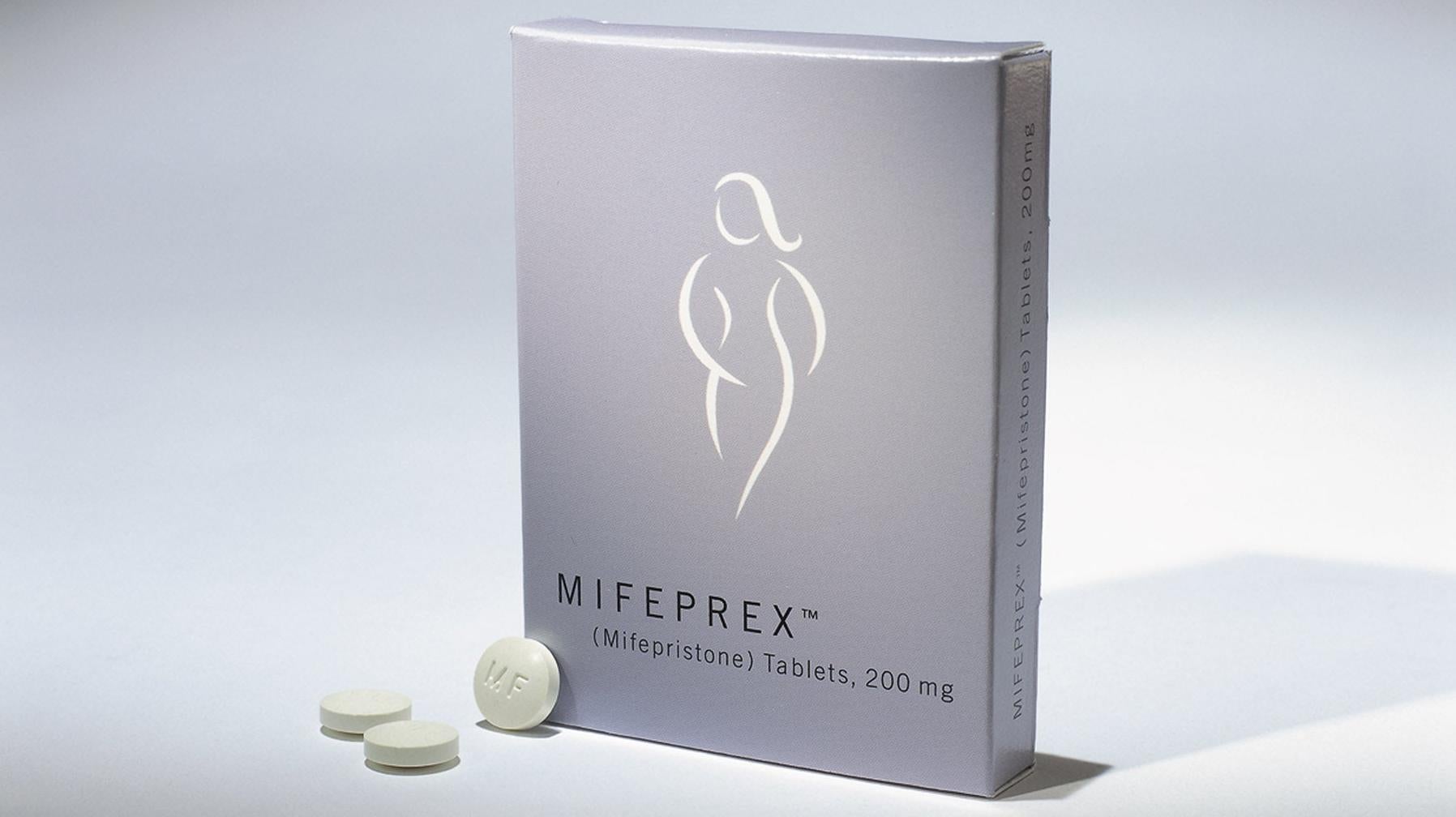How the US could actually make mifepristone easy to get
Updated rules make the drug available in pharmacies, but the drug is still subject to too many restrictions

The US Food and Drug Administration (FDA) announced yesterday that it updated its rules for prescribing mifepristone, a drug used for medical abortion or in the treatment of miscarriages. The drug can be picked up in certified pharmacies effective immediately. Previously, it was only available for in-person administration in a clinic, hospital, or doctor’s office, or via mail order.
This updated guidance builds upon the FDA’s 2021 decision to repeal unnecessary requirements to the access of mifepristone, a drug that is subject to Risk Evaluation and Mitigation Strategies (REMS). REMS is a drug safety program meant to control the prescription and use of medications with serious safety concerns. Drugs subject to REMS include fentanyl and other opioids, as well as anti-psychotic medications used for the treatment of mental health conditions such as schizophrenia.
But while the updated regulations make it somewhat easier to get mifepristone, the remaining restrictions still limit the availability of the drug, treating it as a dangerous substance when it isn’t.
How does mifepristone work?
Mifepristone, often dubbed an“abortion pill,” is a medication developed in France the 1980s and available in the US since 2000. It works by blocking progesterone, a hormone necessary for the pregnancy to continue, and is taken in combination with misoprostol, a drug that causes uterine contractions.
Mifepristone is 97% effective in ending a pregnancy within the first two months. It is typically prescribed within the first 12 weeks of gestation, although it can be effective even later.
Mifepristone and misoprostol cause bleeding and cramping, necessary in order to empty the uterus. Unlike mifepristone, misoprostol can be used alone to end a pregnancy. Both medications are safe, and the World Health Organization recommends them in its guidelines for abortion, including for self-management of abortion without the presence of a healthcare provider (pdf, p.2).
According to the FDA, between 2011 and 2018, out of nearly 4 million women who took mifepristone to end a pregnancy, 24 died—of which 11 were from causes possibly related to the abortion. By way of comparison, more than 500 people die yearly in the US from overdoses of acetaminophen, which is sold over the counter.
A call for removing all special regulations
Reproductive rights advocates, alongside the American College of Obstetricians and Gynecologists (ACOG) and the American Civil Liberties Union (ACLU), have long asked for a removal of special regulations that have been imposed since 2011.
While the latest FDA update allows for pharmacy pick-up, it still requires a special certification for healthcare providers to be allowed to prescribe mifepristone in the first place. For the prescriber, getting the certification is subject to certain qualifications, including guaranteeing the ability to provide surgical intervention or access to blood banks—treatments that might be hard to obtain outside urban centers, but that are unnecessary according to the ACOG and other medical organizations.
Further, the FDA introduced a new requirement among its recent changes: Only pharmacies that have undergone a mifepristone-specific certification can dispense the drug. Some experts believe this is excessive.
“Even as the FDA drops one onerous restriction, it adds another—a certification requirement for pharmacies which is not supported by medical evidence and could present a large enough hurdle that will dissuade some from dispensing,” said Ushma Upadhyay, a reproductive health professor at the University of California, San Francisco, in an email to Quartz.
Taken together, these rules limit access to the drug—especially in rural and low-income areas, where there are often fewer prescribers or pharmacies who applied for the certification to administer mifepristone. Although the latest update inches toward easier availability, it isn’t until these unnecessarily strict regulations are rolled back that medical abortion will truly be accessible.
